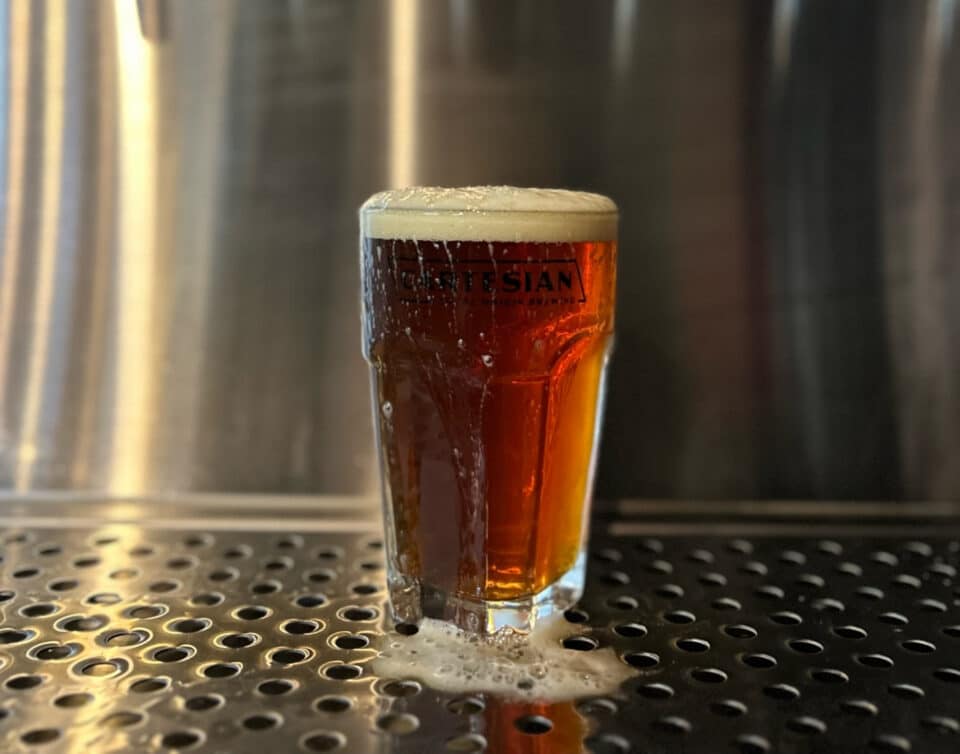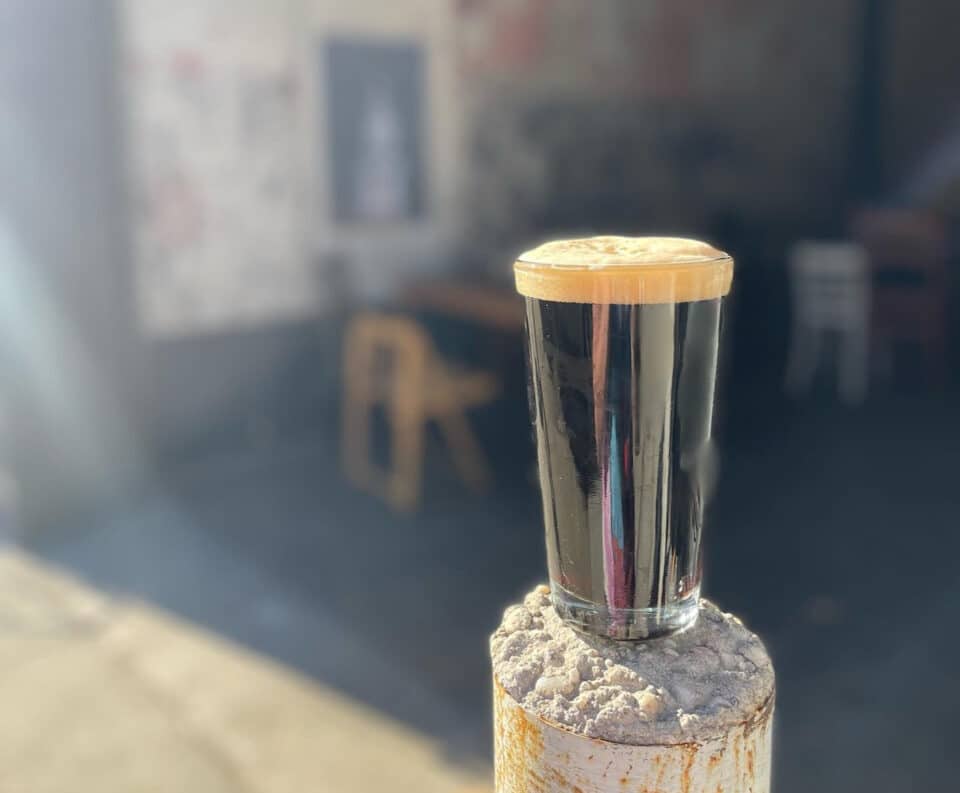Most craft beer fans can easily tick off the ingredients used for making beer: hops, grains, yeast and water. Knowing the finer points of how and where said ingredients are sourced, and how the brewhouse actually turns them into beer, is a different story. When it comes to the grains in particular, even savvy beer nerds can be a little fuzzy on exactly how barley (or oats, wheat, etc.) gets from the field to their glass.
Well, before brewers get their hands on any types of grains, those grains must first be malted. It can’t be overstated how essential malting is to brewing and distilling. Malting transforms grains into a functional ingredient (fermentable sugar), which is like the magic key that unlocks fermentation by providing yeasts with sugar to eat and turn into alcohol.
This is a sensitive, technical process, which starts with careful farming and harvesting, and which requires the expertise of a maltster in a carefully controlled environment. Improper malting can lead to some real problems in the brewing process, and the process is a bit of an art.
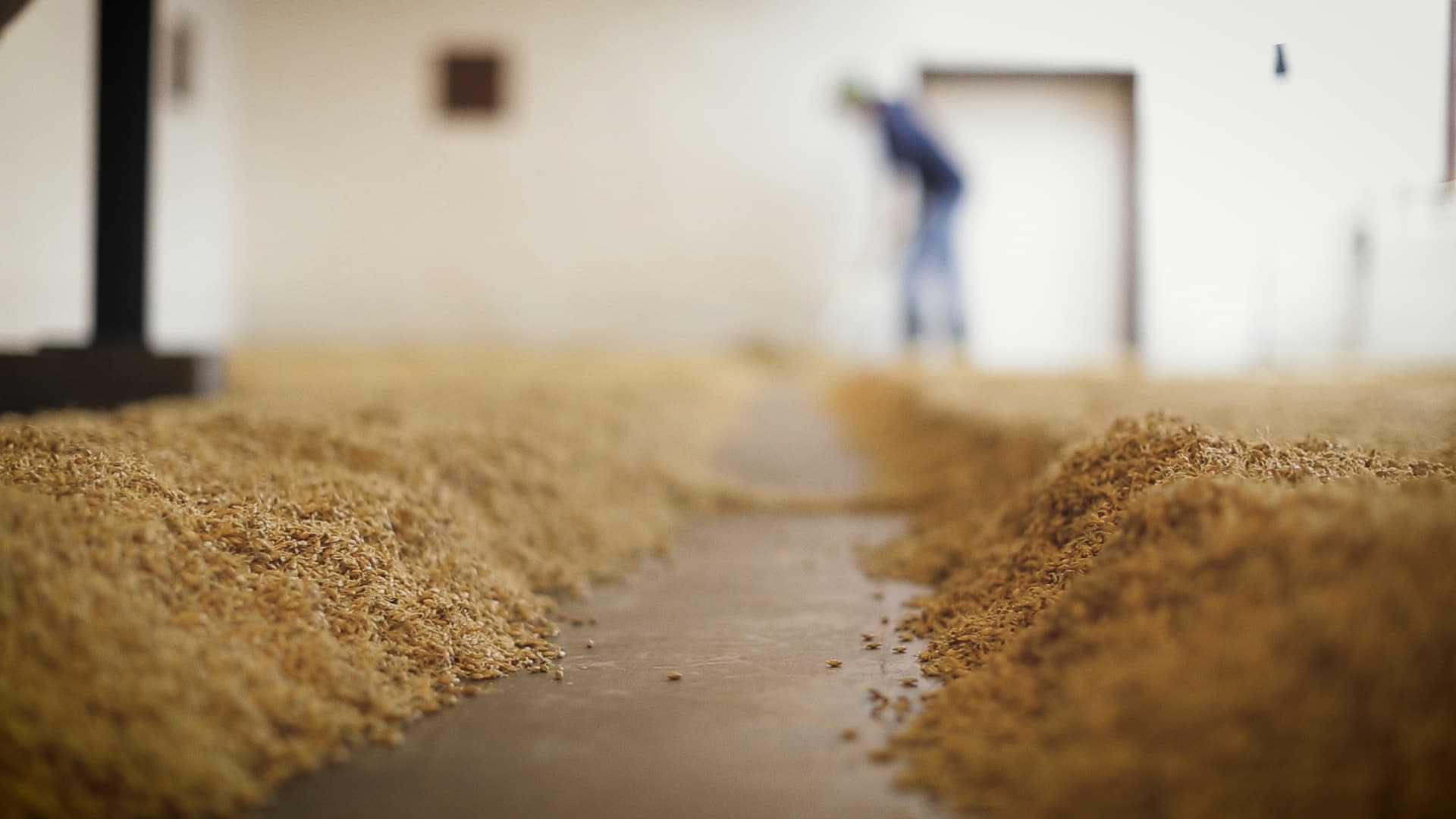
What exactly happens in a malthouse? How does raw grain turn into an ingredient that brewers can use? The basic process involves soaking cereal grains in water until they sprout to just the right amount, then drying the grain to halt the germination process. The grains are then dried in a kiln at different temperatures and for various lengths of time, which can drastically change the flavor, color and style of the finished beer.
To find out more about what this actually looks like, we paid a visit to Deer Creek Malthouse, nestled in the lovely countryside of Glen Mills, PA.

Deer Creek was co-founded in 2012 by Mark Brault, making it Pennsylvanian’s first malthouse since Prohibition. Brault, who formerly worked in the biotech industry and was an avid homebrewer, saw the gap in the supply chain between the growing local craft beer community and the grains brewers had access to. Basically, even the most artisan breweries were stuck buying grains from huge malthouses many states away or often overseas. His goal was to connect with Pennsylvania farmers, source grains grown from close by, and create the highest-possible quality malt using time-honored, traditional techniques paired with science and technology.
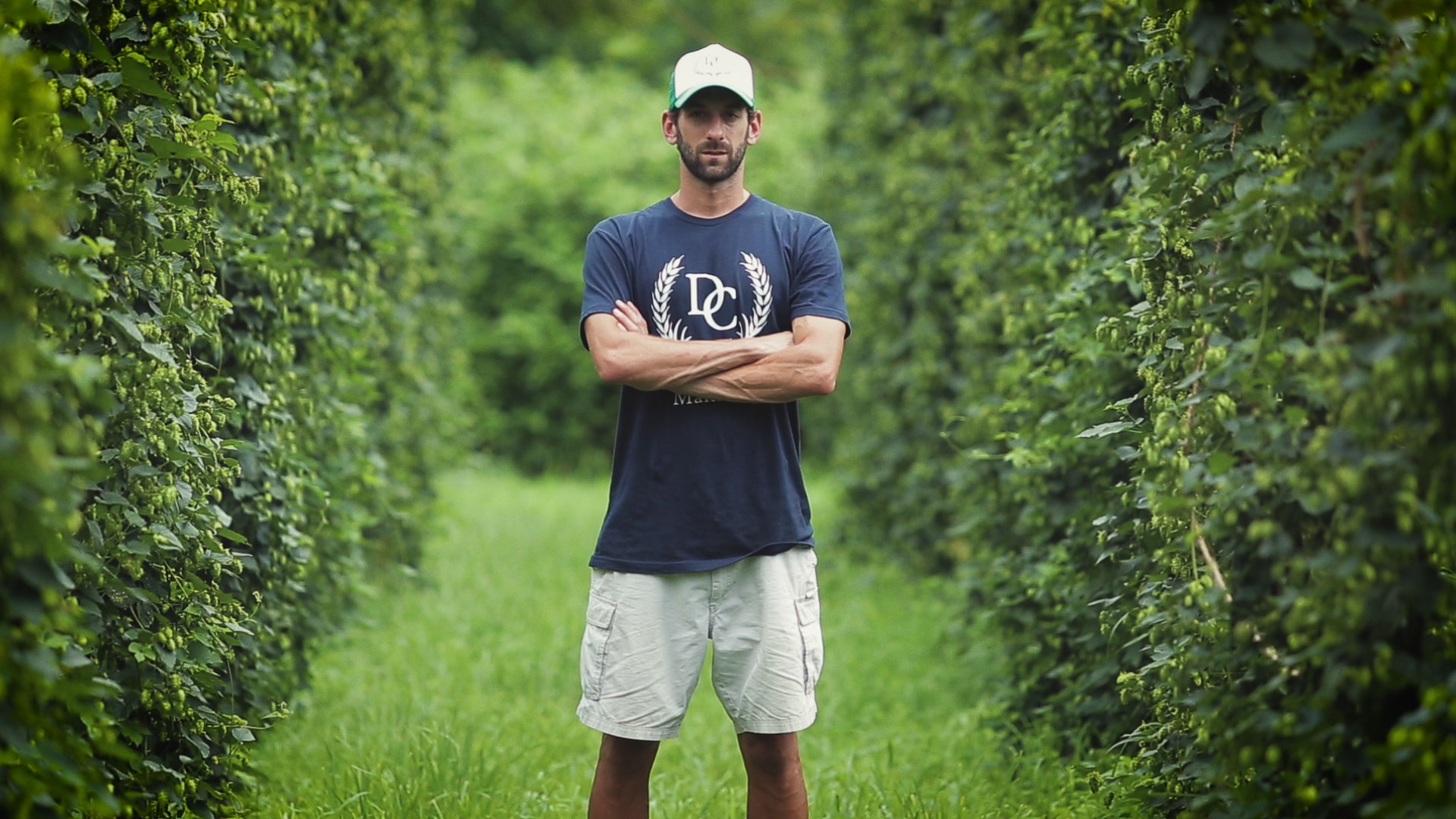
Deer Creek Malthouse’s founder and owner, Mark Brault
In the 10+ years since its founding, Deer Creek Malthouse has emerged as the go-to malthouse for local barley, as well as specialty grains like sorghum, spelt and buckwheat. Breweries, distilleries and bakeries that make it a priority to use ingredients that speak to Pennsylvania’s agricultural landscape finally have a place to source these products.
The first step in the malting process, Brault explains, is building relationships with farmers. Since starting up Deer Creek, he has worked with farmers in Southeastern and Central PA, sometimes gently coaxing them to dedicate some acreage to crops they might not otherwise grow.
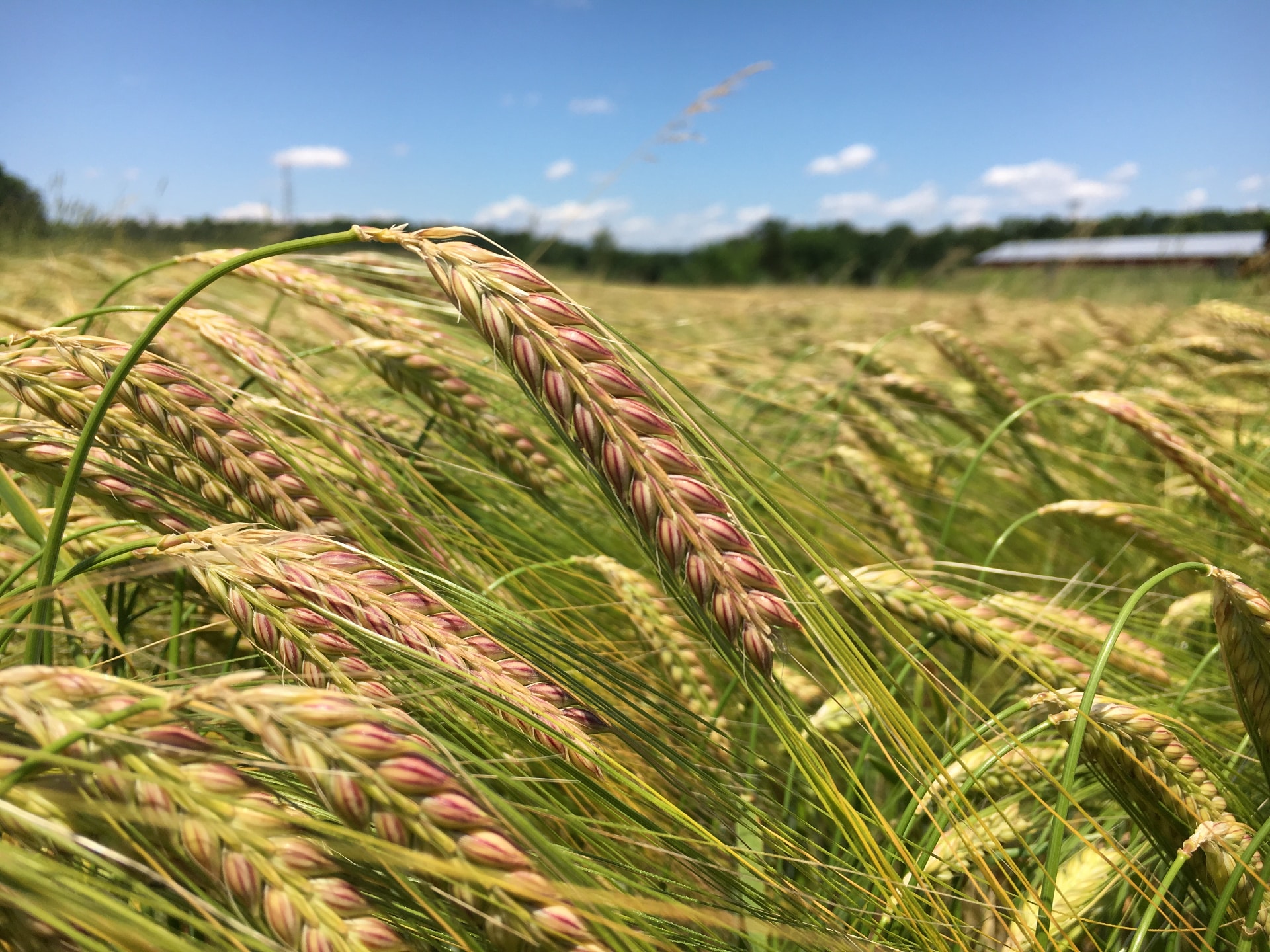
“We tried our hand at farming for several years, but that was mostly geared towards field trials to see what grew best in the region and provide resources to grain growers and agronomists. Eventually, we left most of the crop production to the farmers who are best equipped to do this in larger quantities,” Brault says.
The grains that the farmers grow must be harvested at the right time, and handled carefully in packing and transport. If too many of the grains are cracked, broken, or different sizes, that can have a negative effect on the malting process. Brault and his team carefully inspect every batch of raw grain that’s delivered to Deer Creek, and have been known to send some back if it doesn’t meet their quality standards. Brault points out that any grain that is rejected, he makes sure he can find another sales avenue for, often for animal feed, so that the farmer still sees a return on their investment.
“The farmers that we’ve worked with for years now, they know the quality we’re looking for, and have adjusted their processes to help us meet those expectations,” Brault says.
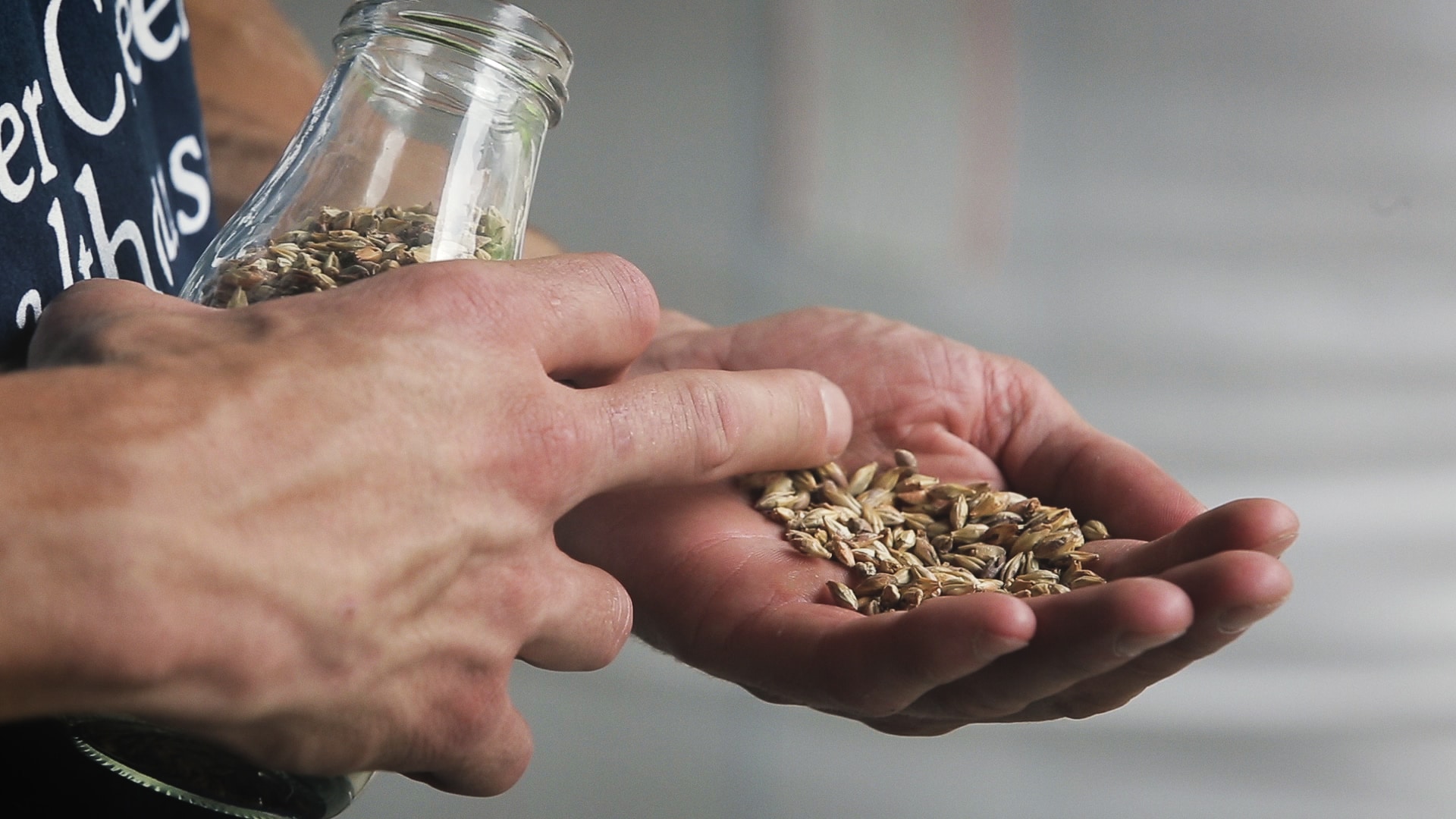
Once the grain has been delivered, it’s cleaned and sorted, then conveyed into a large tank, where well water from Deer Creek’s farm property is pumped to submerge it. The grain steeps, almost like a tea, and the contact with the water activates the grains, getting them ready for the germination process. Basically, inside every grain are all the components, like proteins and sugars, that under the right conditions, will allow it to grow into a full plant. Soaking in the water starts to wake up those components.
Then, after about a day, the water is drained and the grains are piled up into foot-high mounds, and the germination process begins. After a few days, the grain is then raked out over the concrete floor of the temperature controlled barn space that Brault converted for this purpose. This is where one of the most hands-on parts of the process, the floor germination, takes place.
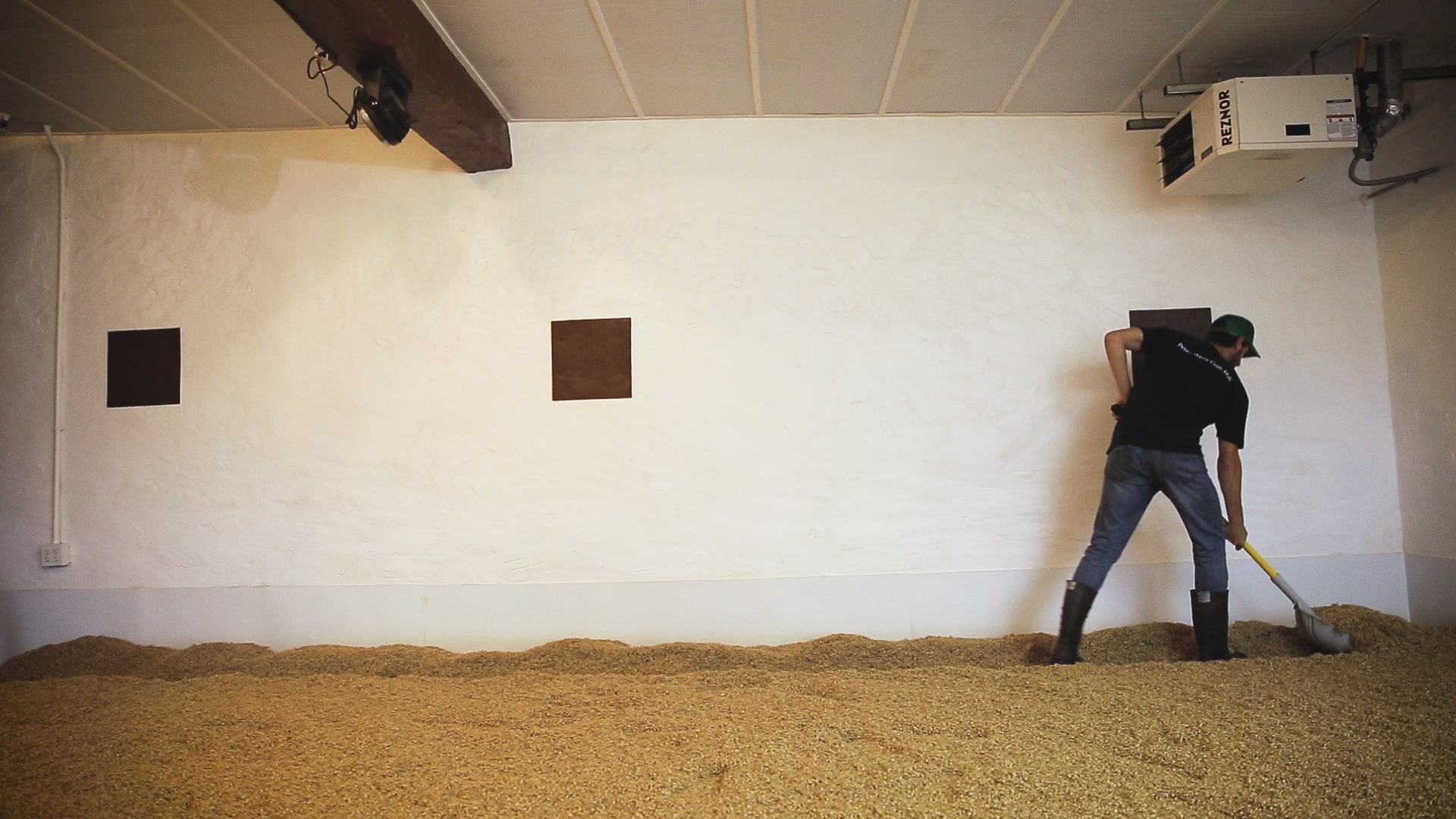
Using rakes and shovels, Brault and his team turn the malt by hand over the course of a week, which encourages the growth of the grains and even, consistent drying. During this time, the smallest hint of a sprout begins to form. In industrial malthouses, this process is entirely done by machines, but at Deer Creek, it’s all human-powered.
Coming in contact with the grains every day helps Brault intimately observe the germination, and allows him to determine when to move on to the next step in production. The crucial balance of the malting process is allowing the grains to sprout just enough to create enzymatic activity that turns its stored starches into available sugars (which brewers and distillers will eventually ferment into alcohol), and then to halt the process at the exact right moment.
“We believe there are no shortcuts when it comes to quality, so we malt by hand to create a depth of flavor only possible using traditional floor malting techniques,” Brault notes.
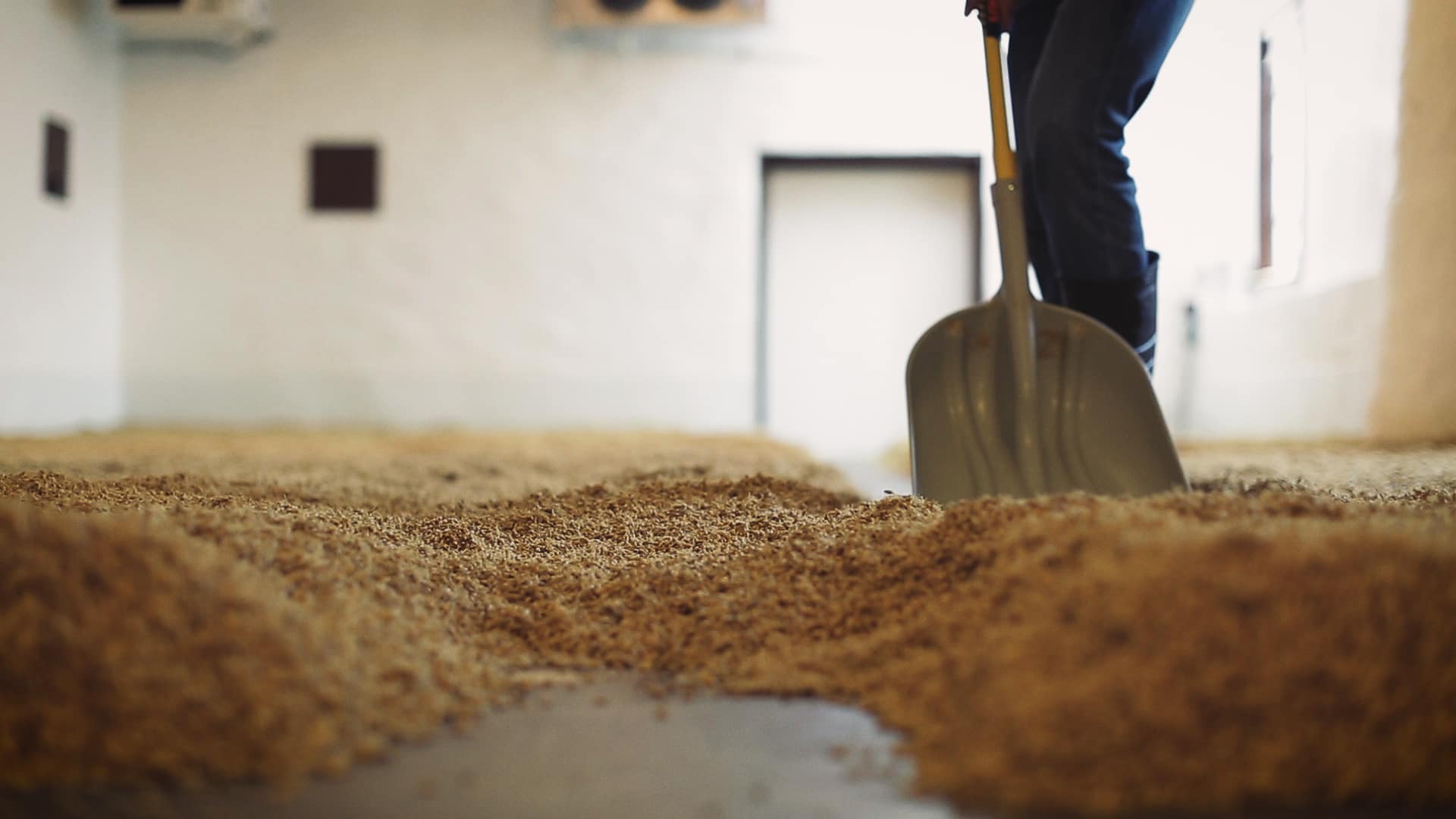
After floor germination is complete, the grains are moved to the kiln, which Brault also built out for this specialized purpose. The longer the grains stay in this dry, heated space, the more color and flavor they develop. Pale malted barley, for instance, may go into beers like pale ales or pilsners, while darker malted barley may make up some of the grain bill for stouts and porters. After kilning, the finished malt is cleaned, bagged and stored until it’s purchased and sent off to a customer.
Quality is the top priority at Deer Creek, and Brault’s background in science comes in handy as they use specialized lab equipment and machines to do testing and quality control.
“Malting is an art and a science, but we lean more towards the technical side of things,” Brault says. “Analytical testing is a foundation to our process.”
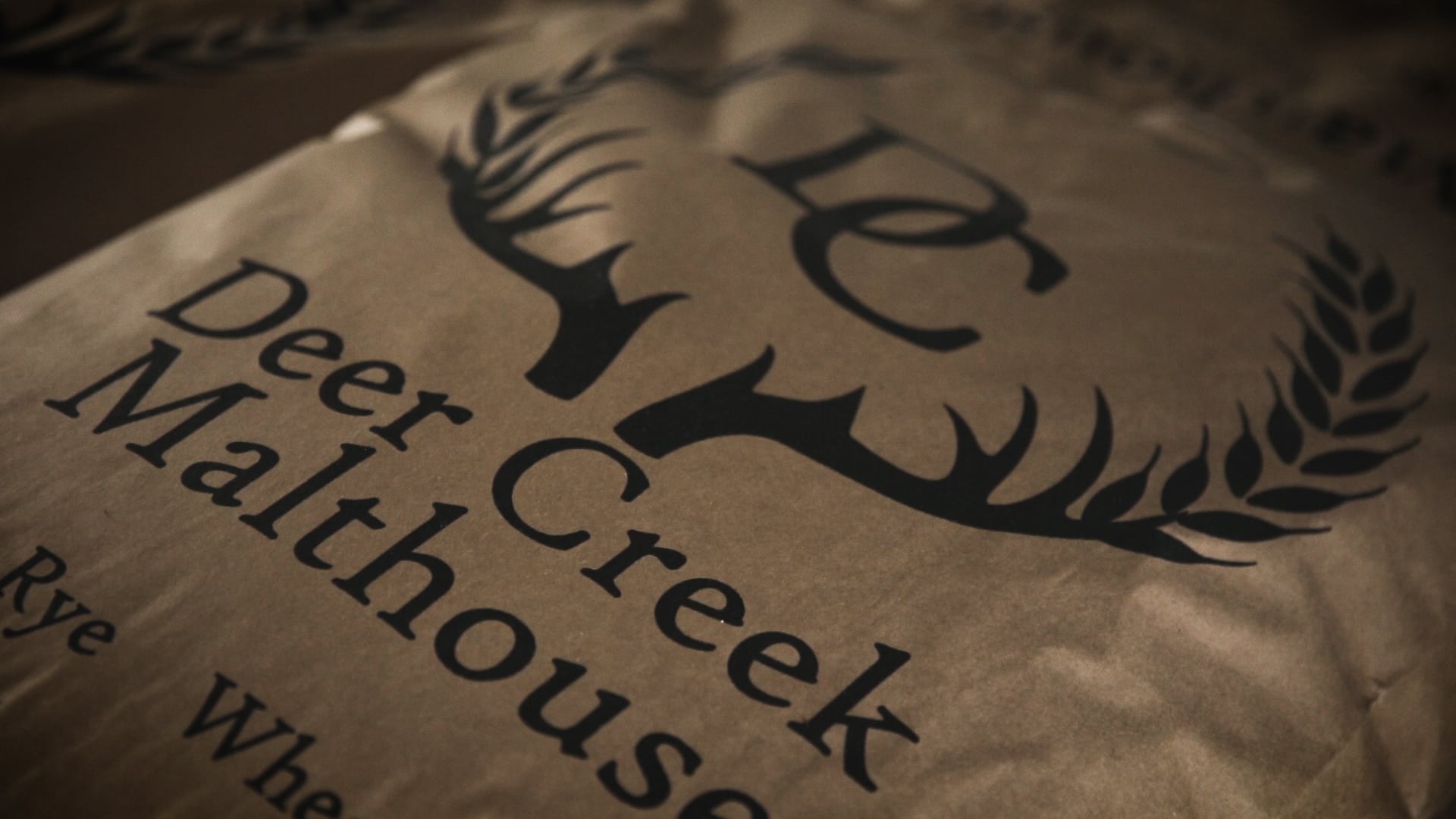
Barley is far from the only grain that goes through this process at Deer Creek. Breweries and distilleries that like to experiment with other types of grain often turn to them for oats, corn, triticale, among others. As Deer Creek puts it on their website, “If it germinates, we will malt it.”
Over the past few years, Deer Creek Malthouse has also been developing its own line of food and beverages made with 100% Pennsylvania Craft Malt, including baking mixes, homebrew kits, farmhouse ales and beers in the PA Pride series. They recently launched a line of zero proof Barley Teas as well.

“Some of this product development work was driven from survival during the pandemic while all of our customers were closed and weren’t buying ingredients, so we were peddling baking mix at the farmers markets,” Brault says. “Food and beverages are also our passion and many of these products are collaborative, which is why I got interested in malting in the first place: Building community.”
The care and intensive hands-on approach at Deer Creek Malthouse may not be what you’d encounter at other malthouses, but we hope that this behind-the-scenes look has given you a clearer idea of what malted grain is, and how it’s made!
This series is made possible by support from Deer Creek Malthouse through the Pennsylvania Malt and Brewed Beverage Industry Promotion Board and grant funding from the Pennsylvania Liquor Control Board.

Deer Creek Malthouse (Glen Mills, PA) produces high-quality, flavorful malt ingredients made from local grain. Founded in 2012, Deer Creek is the first commercial malting operation in Pennsylvania since prohibition. The Company is dedicated to improving the regional grain supply chain for all stakeholders and leads many advocacy and value chain building initiatives, including Malt-A-Palooza, and the Mid-Atlantic Grain Fair & Conference. Deer Creek also produces a variety of consumer food and beverages using their grain and malt ingredients such as zero proof Barley Tea.
- Deer Creek exterior photo: Emily Kovach
- All other photos: Deer Creek Malthouse
